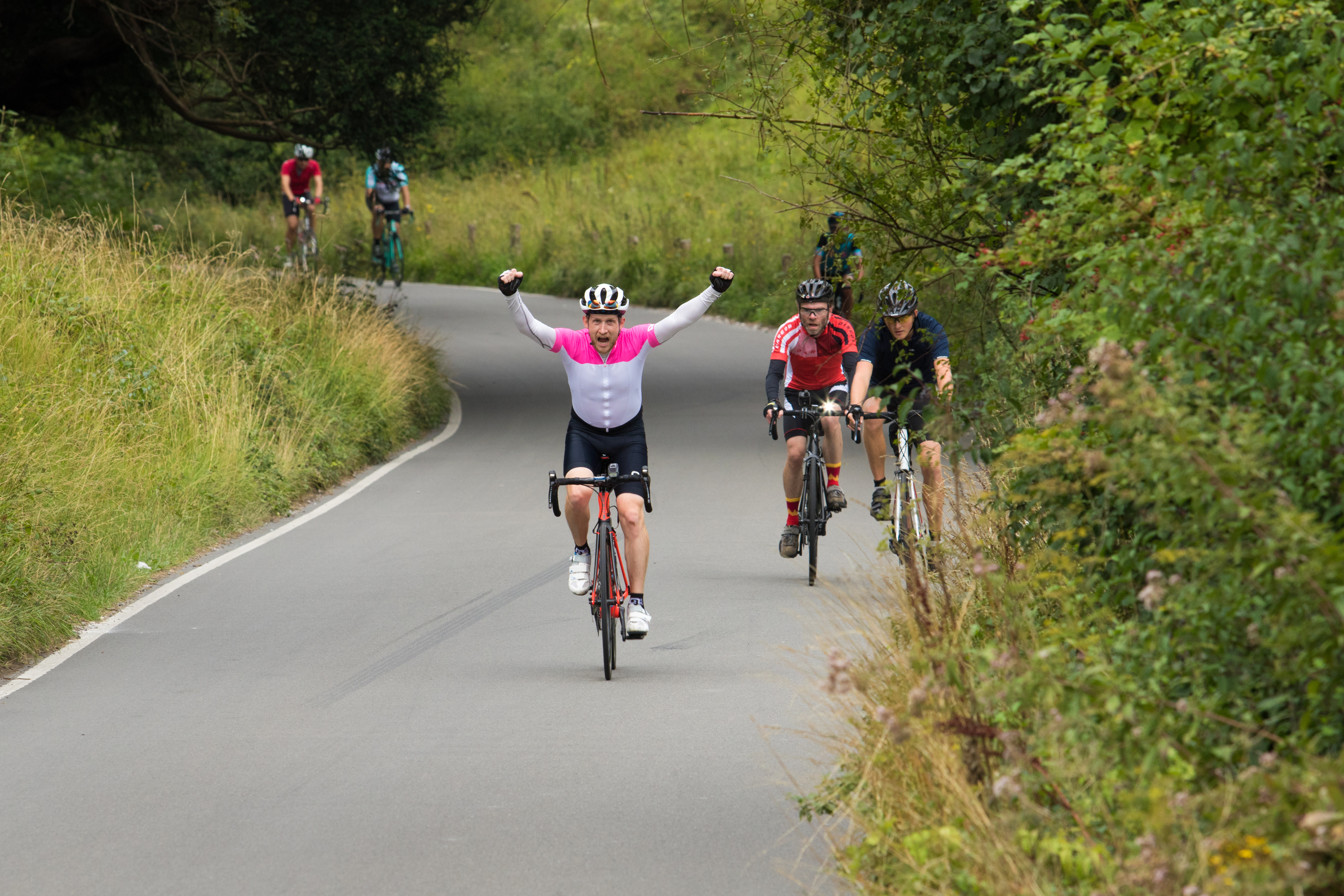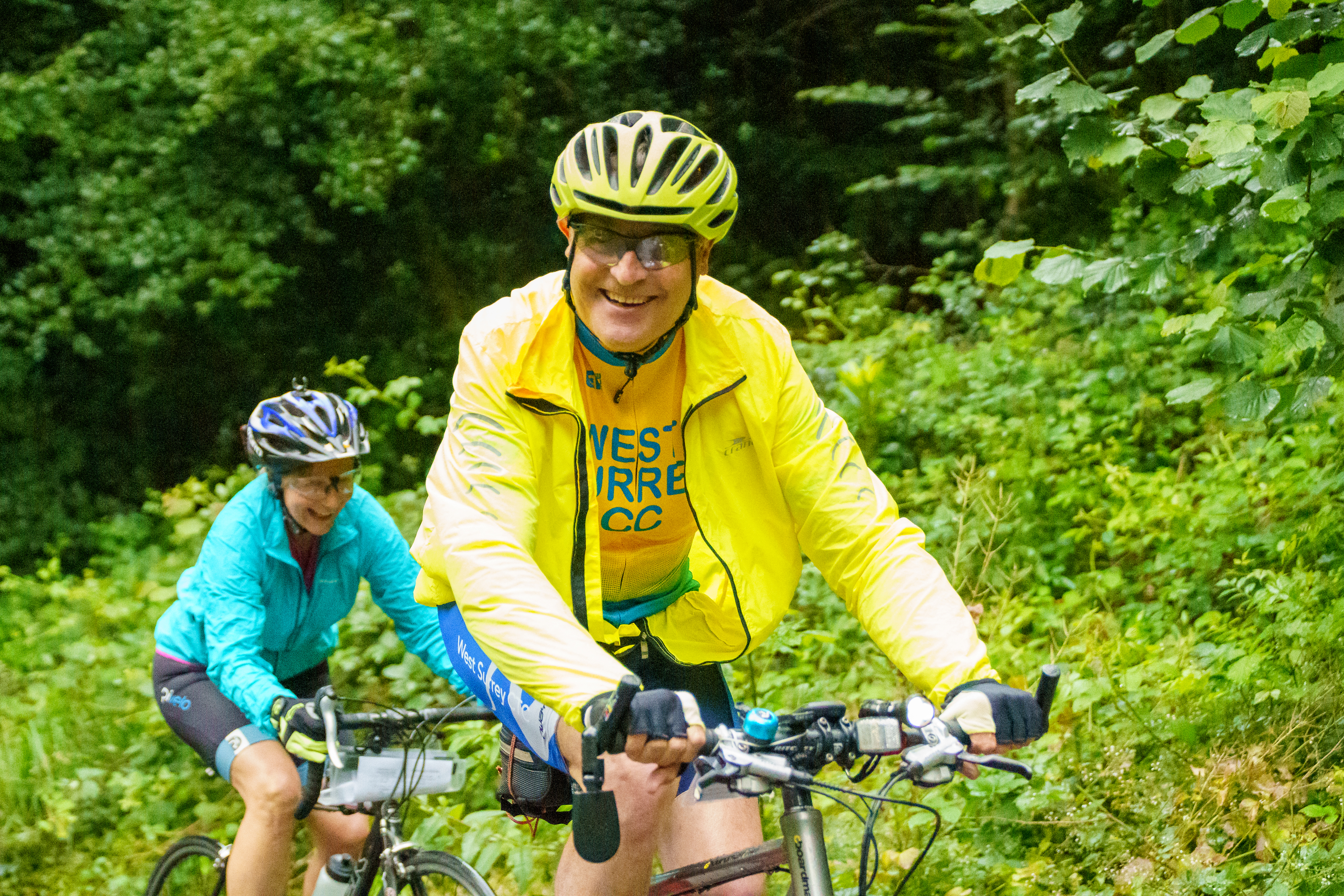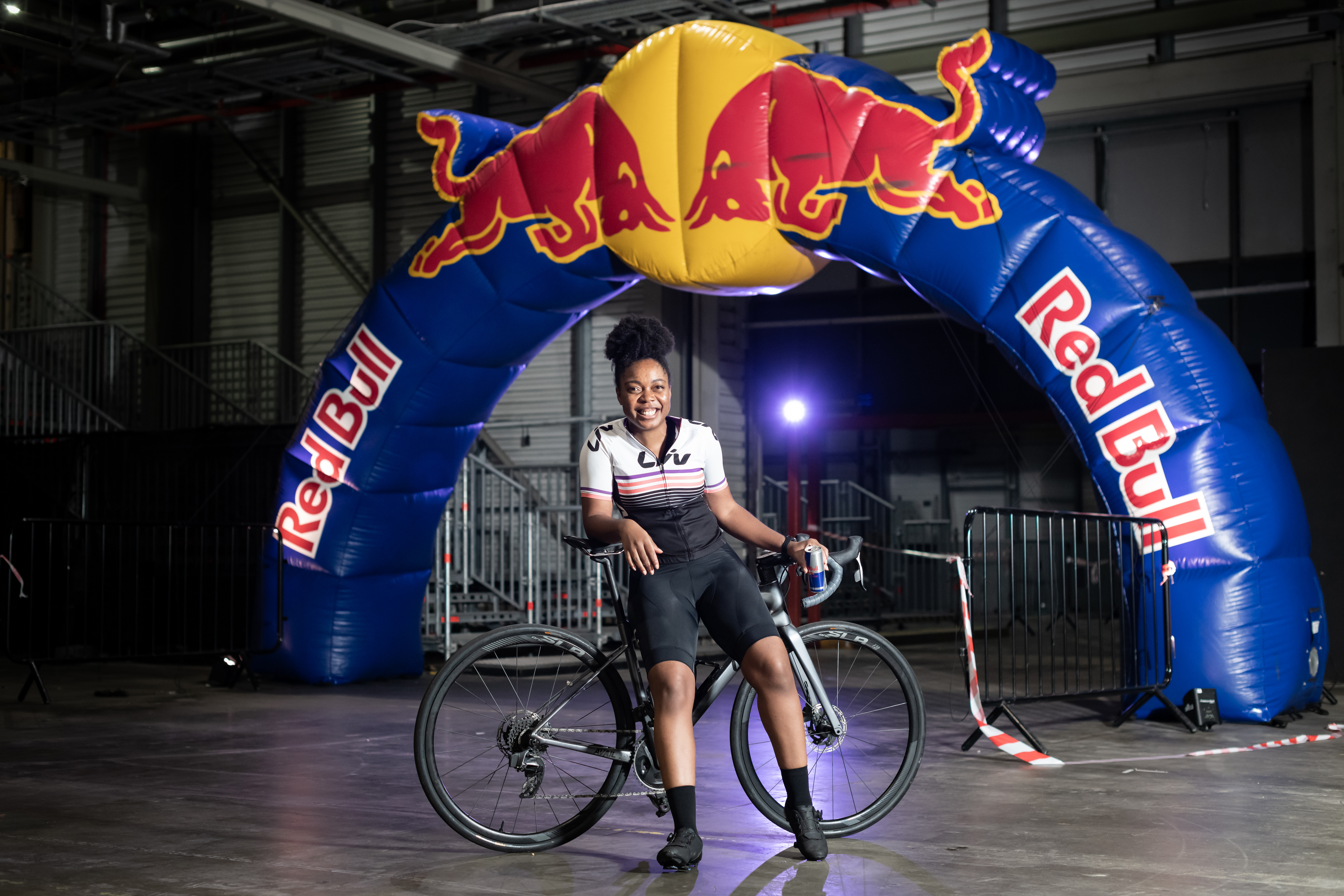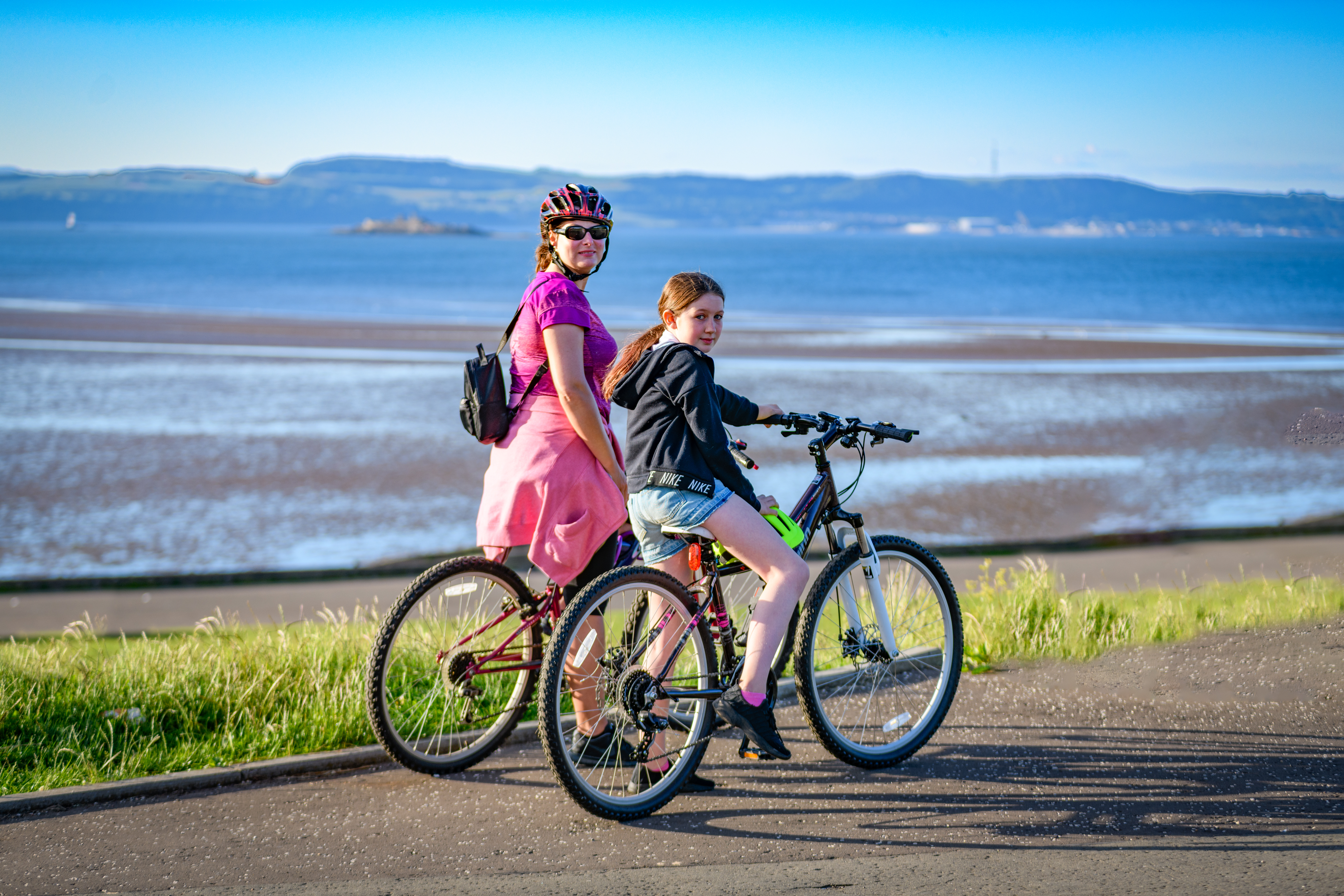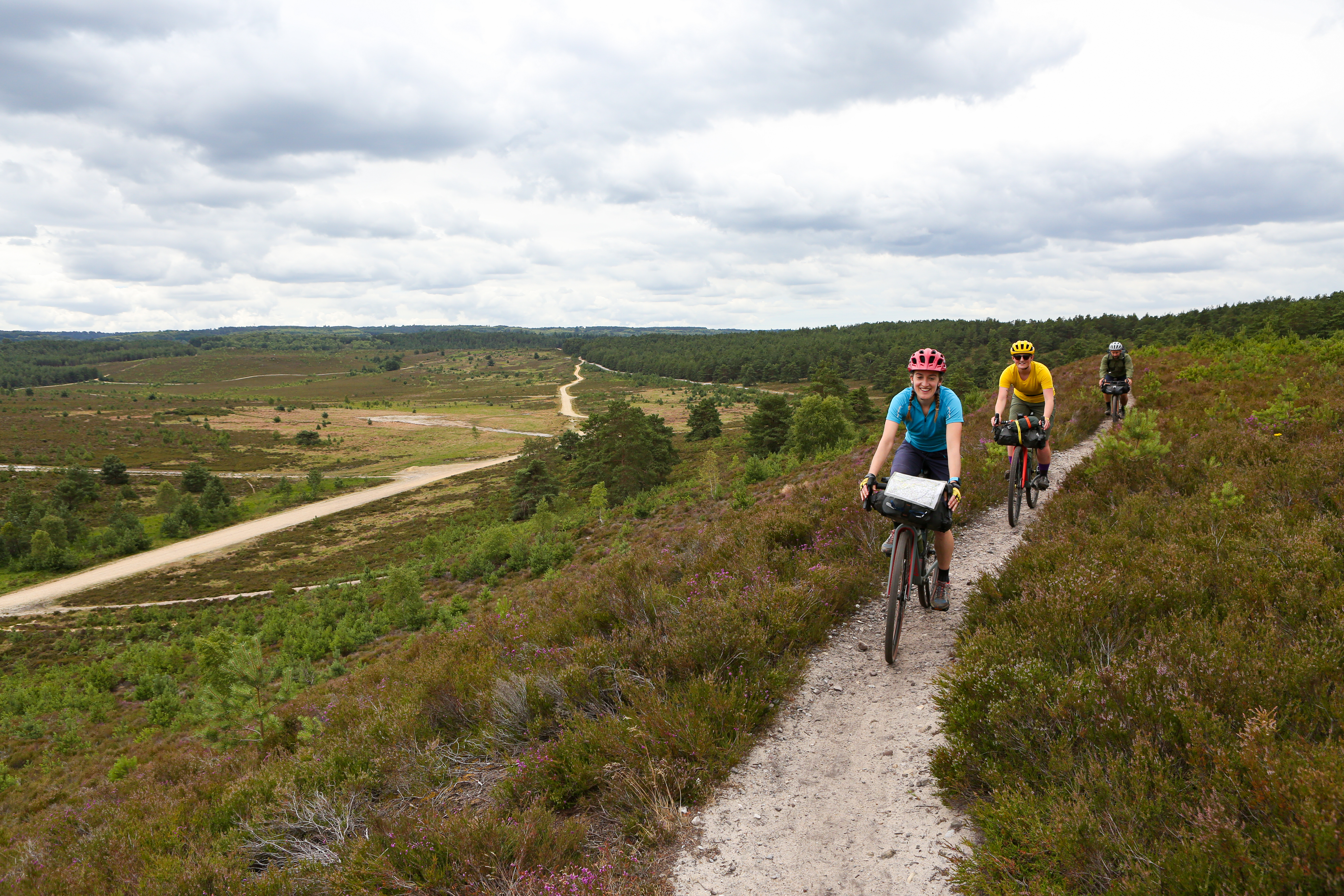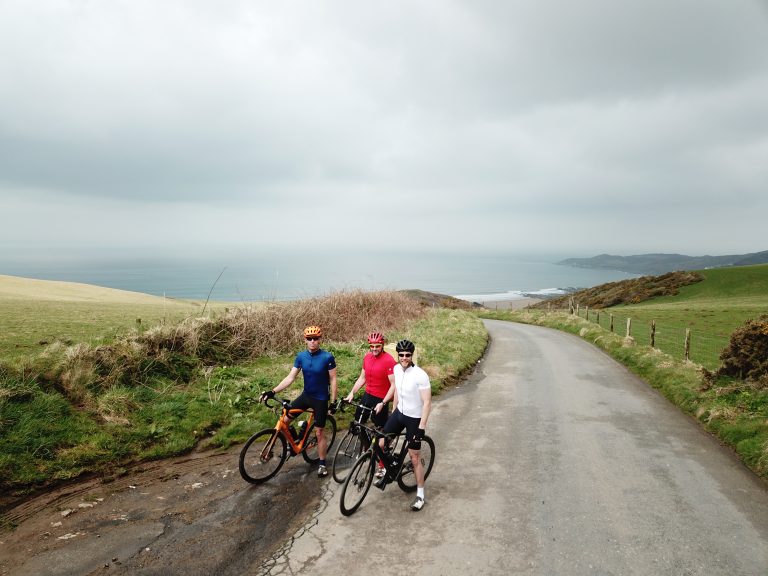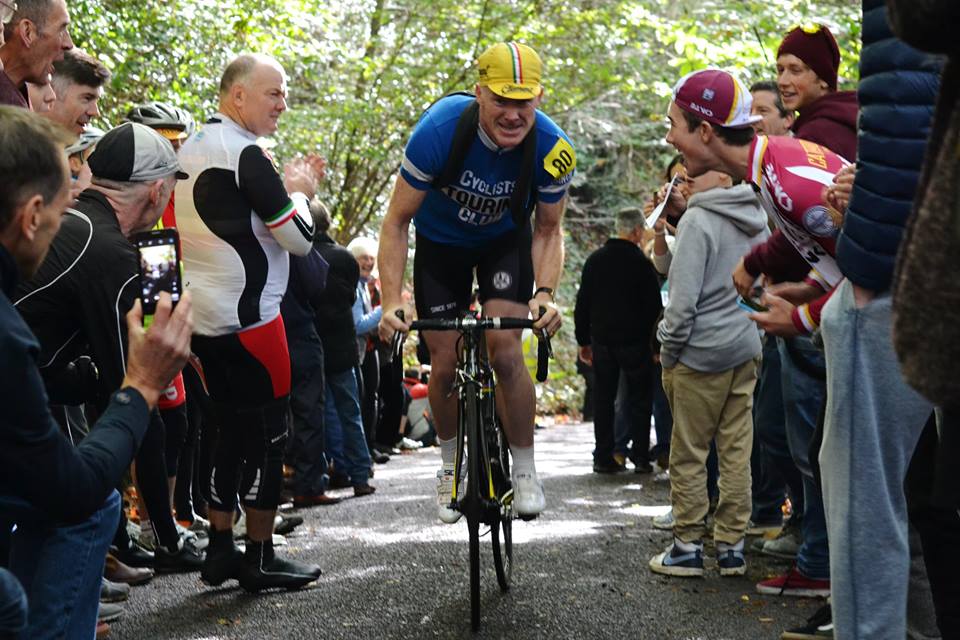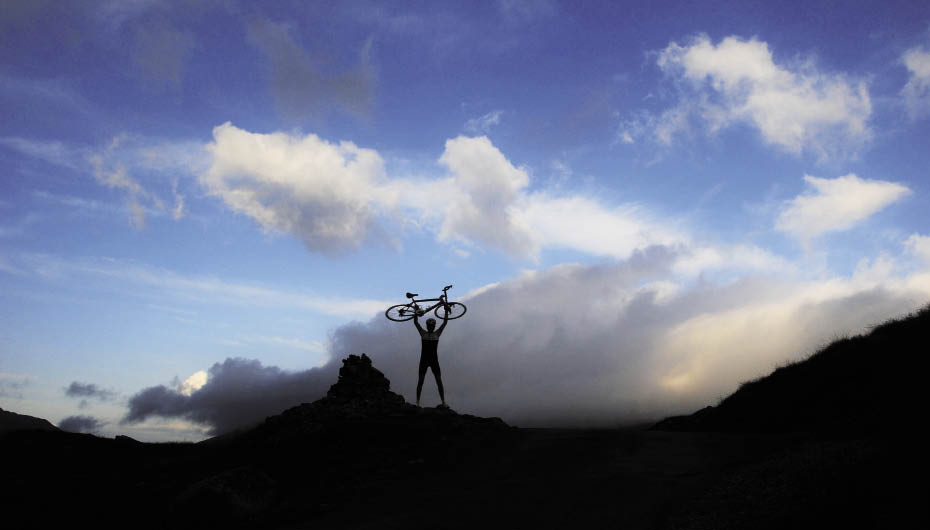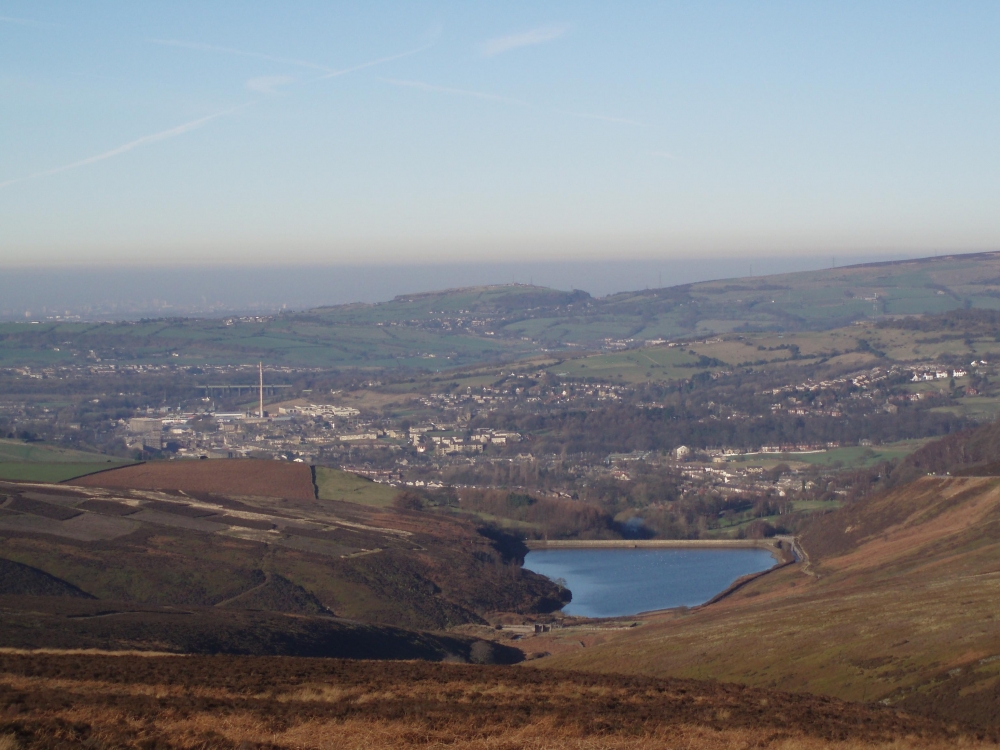Elle Linton’s guide to hill climbs when out cycling
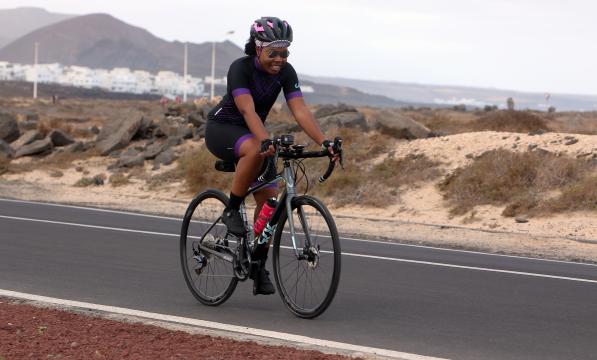
Having just ridden a small part of the King Alfred’s Way route on my cyclocross bike, I’ve got a renewed respect for hills and climbing. As far as I’m concerned, anything above 0% is a hill. So after traversing part of the Thames Path picking up the Ridgeway National Trail to be greeted with what looked like a never-ending hill, I wasn’t sure if I would make it.
Looking back at my ride data, I see that I narrowly missed riding up Streatley Hill in Reading, which was the location for the 2020 National Hill Climb Championships. This event saw the largest number of female entrants yet it’s not something I think I would consider…yet.
At 0.5 miles with an average gradient of 13% and a maximum gradient of 25.9%, it can be hard to imagine riding Streatley Hill. Translating those stats into ‘feel’ in my imagination doesn’t really do them justice, but once you get out on your bike to actually feel the different gradients, you get a much better understanding.
I’ll be honest, I’m averse to cycling up hills, but if there’s one thing I’ve learnt, it’s that the best way to get used to tackling hills is to tackle hills. So I’ve put together the best advice available to get you feeling confident to take on your first big climb – whether it be your local hill or, you never know, the next National Hill Climb.
Training for your first big hill climb
Your first big hill climb might come in the form of a dream trip to Mallorca or Lanzarote where the climbs go on for miles, or it could be tackling a local hill which you’ve been avoiding, or maybe you’ve signed up for your first event and just noticed the elevation on the route.
Whatever the reason, there are plenty of ways to prepare and train for the hill you have in mind.
Where I’m based, in Essex, we’ve mostly got the short and sharp hills where you need to work hard for around one to five minutes, at the maximum.
When I spoke to Veloqi Cycling coach Alison Wood, she suggested your training “depends on what type of hill it is.
“You need to find something similar to what you’re working towards to replicate it. It’s about analysing what you’re training for: is it a shorter, sharper climb that uses short-term muscle endurance or the longer hills where you need to work on your VO2 max to be as strong for as long as possible?”
If you have an indoor training set-up, you can use this to replicate the physiological efforts – preparing your ‘engine’ so to speak. So if your hill is a two-minute effort, use 90-second to three-minute efforts with recovery as a session.
With hill climbing, though, there is also the aspect of positioning on the bike. Alison says: “When you’re on the hill, your body is at a slightly different angle so gravity affects your pedal stroke in a different way. Just training on the flat on your turbo, means when you’re actually on the hills your muscles might not be used to working through that angle which could make them feel harder, especially with steeper inclines.”
Create a training framework
If you’re wondering how often you should be riding, or riding hills, here is some basic advice for what structure to use throughout a week.
Starting your week with your hardest session is what coach Alison recommends. After a rest day, you can tackle a moderate, longer interval session. This could be some hill repeats.
I recently tackled a local hill – Mott Street – for hill repeats with my cycling club. I know that on my own, once would be enough, but it was great to get out there with others and practise different ways to attack the climb.
This leaves the weekends free for your longer endurance ride where you can build up stamina.
If you’re feeling apprehensive about your final goal, then break it down into more manageable goals. Take one step at a time and work your way up to where you want to be.
I did wonder if it might be better not to know what is ahead? Alison tells me: “It’s really personal. I do a bit of both. Sometimes I look briefly over the route profile but I also don’t mind not knowing what kind of hill it is. I know that whatever is ahead of me, I just have to keep pedalling...that comes with experience.”
She also adds: “The more you go out and not be scared of hills, you’ll slowly expand your comfort zone. When you’ve found some hills that you feel OK with, maybe try riding them again and see how hard you can push yourself and maybe even improve your best time.”
Mind over matter
Sometimes, I think we give up before we even try– just to avoid failure. But is walking up a hill even a bad thing?
Avril, from Caterham in Surrey, described her journey since taking up cycling last summer and torturing herself with fear of hills. “There was a tiny extra hump on a 2% incline that, on my first attempt, I had to get off and walk over. I made it my first ambition to get all the way up that mile-long baby slope – and did it next time out because I was ready for it.
“Most hills near me are much more significant than that, though, hence the fear. I didn’t tackle any of them last year, but decided to get a turbo trainer for winter. I just rode and rode on Zwift, grinding away up Box Hill, then some mountains, too.”
Despite this, Avril wasn’t sure she’d be able to tackle climbing in real life, until last weekend when she got outdoors, with all the positive vibes and a new, lighter bike.
“My mood was elevated and positive. I was heading towards a road I feared thinking ‘what’s the worst that can happen?’ I moved off from the flat, having already shifted to the easiest gear but still expecting to manage maybe three rotations before I couldn’t push the pedals anymore, then was amazed as I kept going – glacially, but moving.”
When Avril got back, she realised that the stretch of road she climbed had an average of 11.1%. “If I’d known that beforehand I’d have assumed I couldn’t do it and wouldn’t have gone there,” she says.
Her advice for us is to “just try. And keep trying because you will build strength and you will get further up the hill each time. And enjoy feeling like a crazy hero doing it!”
Do hills ever get easier?
For me, it always seems like everyone else can get to the top of the hill without breaking a sweat. This, though, I think is just perception. And maybe some overthinking on our part?
Fact is, hills aren’t easy and you will get out of breath, even when you get fitter and stronger. Greg LeMond nailed it when he famously said: “It never gets easier; you just go faster.”
I’ve starred a few local hill segments on my GPS so I can set a benchmark, monitor my progress and track any improvements. My own mini-challenge that I can take on any time I feel the desire.
What else is worth a try?
Having covered the training and mindset of training for your first big hill climb, there is more you can do to prepare and do in the moment. Here are a few top tips to master the hills:
- You don’t have to face the challenge alone. Find some friends, go out, find some hills and ride them together.
- Using clipless pedals can help you generate more power through your pedal stroke which means you can push and pull to keep the wheels moving.
- Get comfortable before you start the hill and change gear before you think you need to.
- Save a gear or two so you always have somewhere to go when you really need it.
- If you’re riding on a quiet road, zig-zagging lessens the gradient.
- Try not to look at the top of the hill, if you only look a little way ahead then the hill doesn't look so bad.
- Take it steady to start with and find your rhythm. If you have to stop then so be it. Take a rest and get back on, when you’re ready, if you can.
- Sing, out loud or in your head, Dory-style, “just keep pedalling, just keep pedalling”.
Here’s a mantra we can use
When I spoke to blogger, women’s ride leader and 100 Women in Cycling 2020 Community Champion Tess Agnew, she told me that she “loves the challenge, the grind, the rhythm, the feeling at the top. You versus the hill”. So next time, just choose the hill, choose the challenge and make getting to the top your goal!

